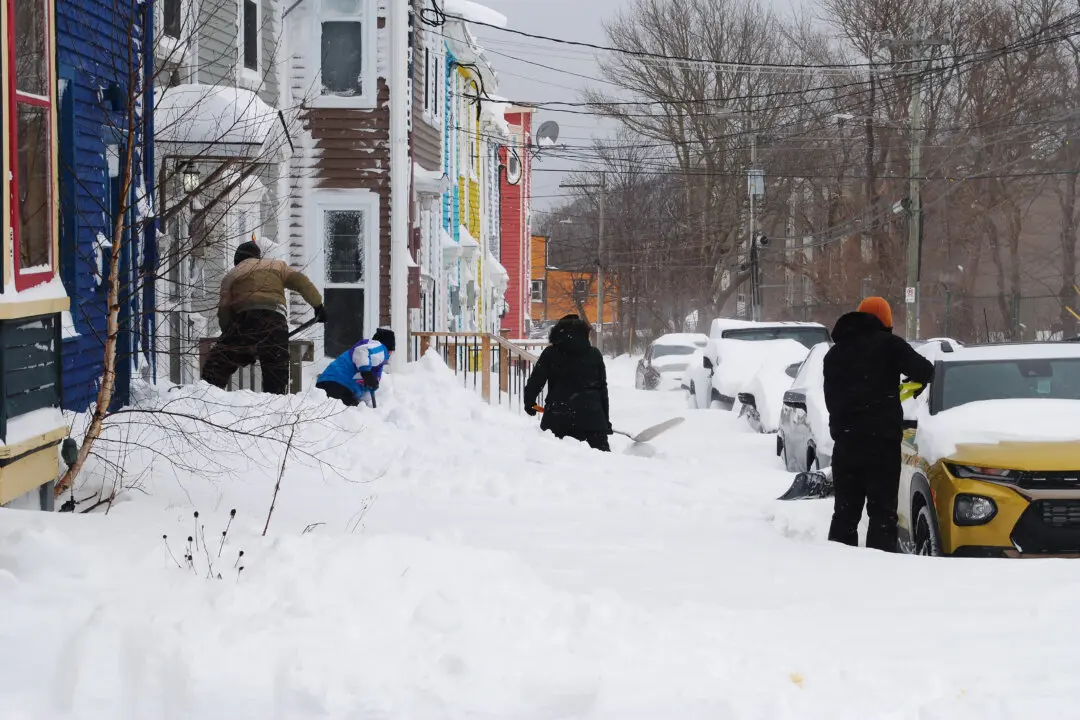An average of one child a day goes to the emergency room for a drowning or near-drowning in Quebec during the summer months, new research has found.
The study will be officially presented in September at the annual meeting of the Canadian Association of Paediatric Surgeons, but Dr. Hussein Wissanji, a pediatric surgeon at the Montreal Children’s Hospital, says he’s publicizing the results now in the hopes of preventing deaths this summer.





